Free Courses Sale ends Soon, Get It Now


Free Courses Sale ends Soon, Get It Now


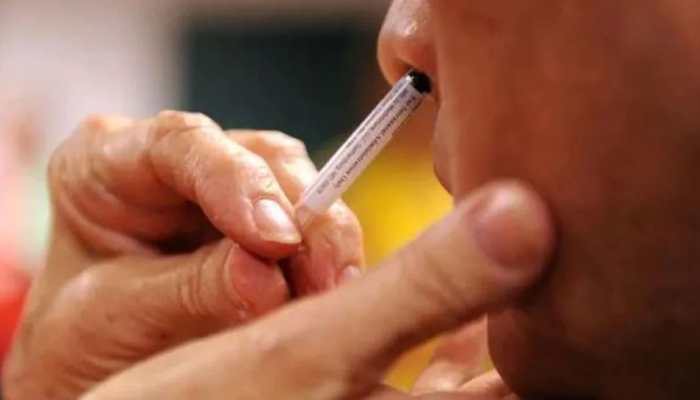
Disclaimer: Copyright infringement not intended.
Context
What is an Intranasal Vaccine?
Advantage of Intra Nasal Vaccine
Blood Cells and Immunity
Working of vaccines in general
Intra-nasal Vaccine
Decoding Blood Cells
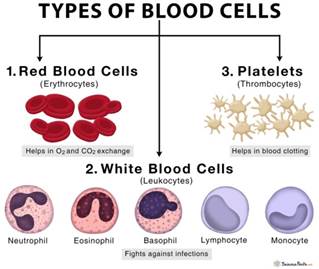
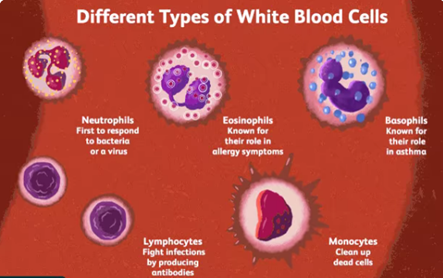
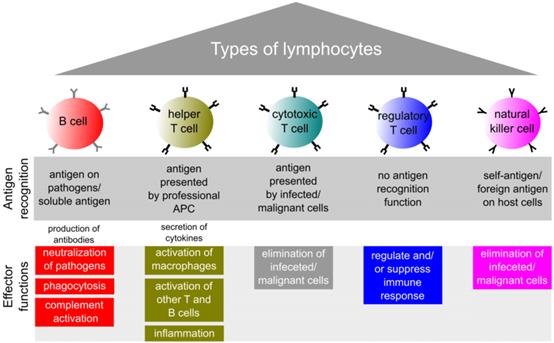
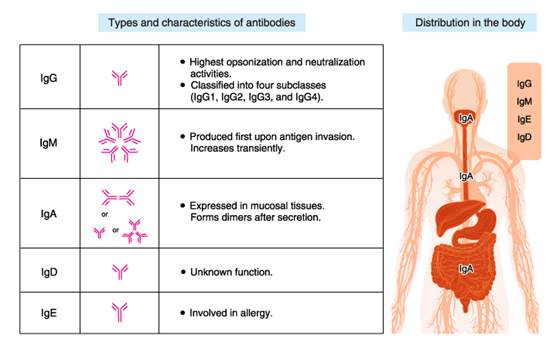
© 2024 iasgyan. All right reserved